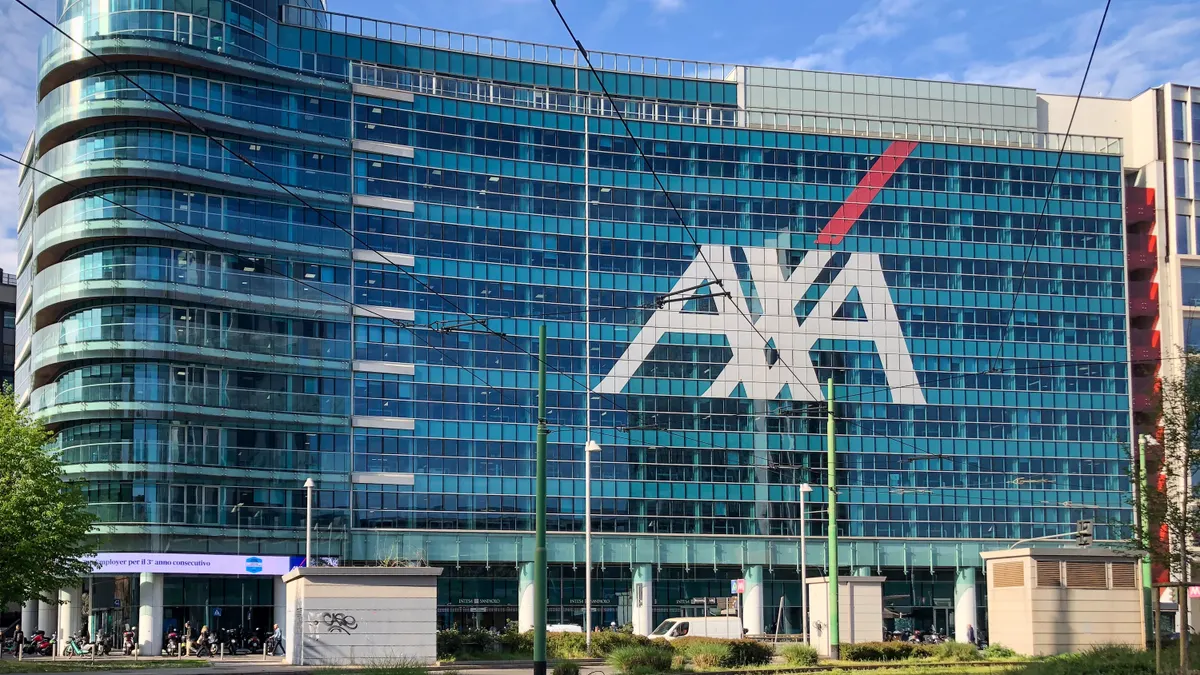There's a newly-created legion of remote office employees. They're strategically located to reenter the office should bosses recall them, infection rates abate and stay-at-home orders lift. Those workers are still waiting to go back.
In fact, remote work has evolved into, simply, work.
Companies are extending work from home orders; by the time Google employees return to the office, they will have spent more than a year working from home. Quora is becoming remote-first and will convert its existing office in Mountain View, California into a co-working space for employees.
One key to Quora's announcement is it will "require everyone to be on their own camera / video tile" regardless of location. The move augments the power dynamic of a meeting. Even if the majority of employees are in the room together, it creates a meeting setup better-suited for remote employees to engage.
There's a temptation to return to what's known. Digital transformation is difficult because it asks organizations to reconfigure entrenched processes. The same is true of pandemic transformation. Amid reopenings, there's a temptation to flirt with returning to standard operations. But the appetite for change gripping organizations means the temptation to reinstate office-based procedures would eliminate progress.
The pandemic has created a path for companies to fundamentally rethink how work, the office and technology intersect. To ignore the opportunity is to waste it.
In the past months, industry has dehyped aspects of technology and discovered new ways for tech to work, according to John Parkinson, partner and managing director at ParkWood Advisors LLC.
Reverting completely to past business operations is wrong, Parkinson said. Somewhere in between the previous ways of work and entirely remote is where businesses will end up.
Everyone everywhere "scrambled to make it" when the pandemic hit, said Nirva Fereshetian, CIO of CBT Architects. It spurred companies to action and CBT transformed digitally within three months.
Fereshetian has been with the design firm for more than 20 years and now leads the infrastructure group and digital practice. The company's main office in Boston hosts the majority of its about 200 designers and architects, CBT also operates a small office in Abu Dhabi, United Arab Emirates.
"This was an opportunistic experiment that kind of happened unfortunately in really grim circumstances," Fereshetian said. But now this experience is in companies' grasp and technologists can harvest the outcome, determining how to facilitate the next stage of operations.
Companies have the opportunity to be selective and experiment with what work they take on, creating room for fundamental changes in how businesses work and strategize, Fereshetian said. "We need to think very deeply on that and not go back."
The fate of the office
Scenario modeling is trying to answer the question of how, and in what form, operations will continue. "There is no definitive answer. The future is, by definition, uncertain," said Parkinson.
Businesses can choose to revert to what worked before, or modernize. It's a decision best informed by who is doing the work.
Workers can be segmented into three categories Parkinson said:
-
Can work from home
-
Can't work from home
-
Should be able to work from home, but can't
Traditionally office-based knowledge workers are likely candidates for continued remote work.
Workers aren't racing to return to the pre-coronavirus office setup. Employees are in favor of hybrid arrangements, equally splitting telework and on-site work, Adecco Group research found. Rethinking work is tied to shifting performance metrics toward results, not hours of work logged.
More companies are permitting permanent remote options, some have plans to permanently transition to work from home.
The cost of maintaining operations in-office is a consideration as organizations cut costs. In San Francisco, office occupancy costs $130.51 per square foot per annum, according to 2019 data from CBRE. In Boston, it's $106.60 per square feet each year. The average office allocates 150 square feet per employee.
Post-COVID-19, work from home flexibility will become an employment benefit. While most employees are expected to work in the office daily, commercial real estate research and advisory firm Green Street Advisors expects almost 30% of employees to work from home between one and four days per week.
The shift will cause a 10%-15% drop in office space needs, according to Green Street Advisors.
With the office augmented, so too is the travel required to close the loops of business. The days of CIOs citing an airplane as their primary office location are numbered. Business travel has plummeted, with companies using technology in place of nonessential travel, according to a McKinsey report.
The conveniences realized during stay-at-home orders will persist, embedding in organizations the possibility of alternative modes of work in industries and job roles where possible. The work from home flexibility caters to back-office roles, not those in industries such as manufacturing or retail.
Flexibility has been essential to customers, said Chris Stori, SVP and GM of Cisco Meraki, which operates cloud-controlled Wi-Fi, routing and security.
Meraki has relied on an in-person culture, which allows it to move and pivot quickly. There are parts of operations requiring people to come into the office, particularly with labs and using hardware to replicate issues a customer is having.
The future looks different and will be different; the next normal will center around employee choice, Stori said. "In a talent-starved world, you will have to meet employees at their level in some ways."
Thinking beyond remote
In the past, CBT held First Thursdays, an effort to bring everyone together physically into a conference room and attendance levels were spotty. In the pandemic, it has had almost 100% attendance and more engagement "because people have the tools to become engaged," Fereshetian said.
There's more frequent contact with employees and more bridging the gap with decision makers, Fereshetian said. In that "simplistic level" tech has played a "tremendous role" in bringing people together.
The challenge is keeping the momentum. Office culture is largely built around the physical office, but moving forward companies can augment the relationship they have with consultants, employees and collaborators and evolving work to accommodate a virtual and physical environment.
The virtual works now because everyone is 100% virtual, Fereshetian said. Once we get back to the office "we are going to go back and do some of the things we used to" but there needs to be awareness from the entire leadership not to fall back.
It's even as simple as redefining what is labeled "remote" work. Fereshetian avoids the word "remote," which has a bad connotation "of being distant and not inclusive of operations."
Where the CIO fits in
Modernization is a central part of the next normal, driven by aligning technology with business outcomes, a shift at the core of successful transformation.
The enterprise view of the CIO is rapidly morphing; a gauge for enterprise maturity is how the business views its CIO, according to Ola Chowning, partner at ISG. The responsibilities of the CIO, whether they oversee innovation or back-end business, can dictate the appetite for technology.
In many ways it also determines how an organization will adapt to systemic technology changes. One that champions the CIO and technology's role in business has mechanisms in place to change the nature of business.
In some cases, additional roles can balance leadership shortcomings. If a CIO is responsible for backbone and infrastructure, a separate innovation officer can balance changes in the product delivery lifecycle. If a chief marketing officer lacks technical chops, the appointment of a digital officer proves pertinent.
Businesses need people who have technical expertise because their business is becoming more integrated, according to Chowning.
Months into the pandemic, remote work has become routine and tools required to bridge the communication gap were eagerly adopted.
But "tech alone is not going to cut it," Fereshetian said. Tools are the preliminary step for changing the nature of work.
Companies can apply the same level of heightened collaboration outside the bounds of a corporate network, using tools to connect project teams, clients and consultants.
"Ultimately, the human element is not replaceable," Fereshetian said. Tech can sustain a virtual workforce, but there is a "general consensus" that some things are lacking, such as natural mentorship.
Correction: This article has been updated to reflect CBT Architects has around 200 employees, not 230.























